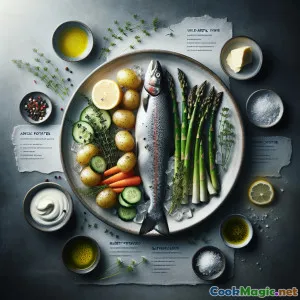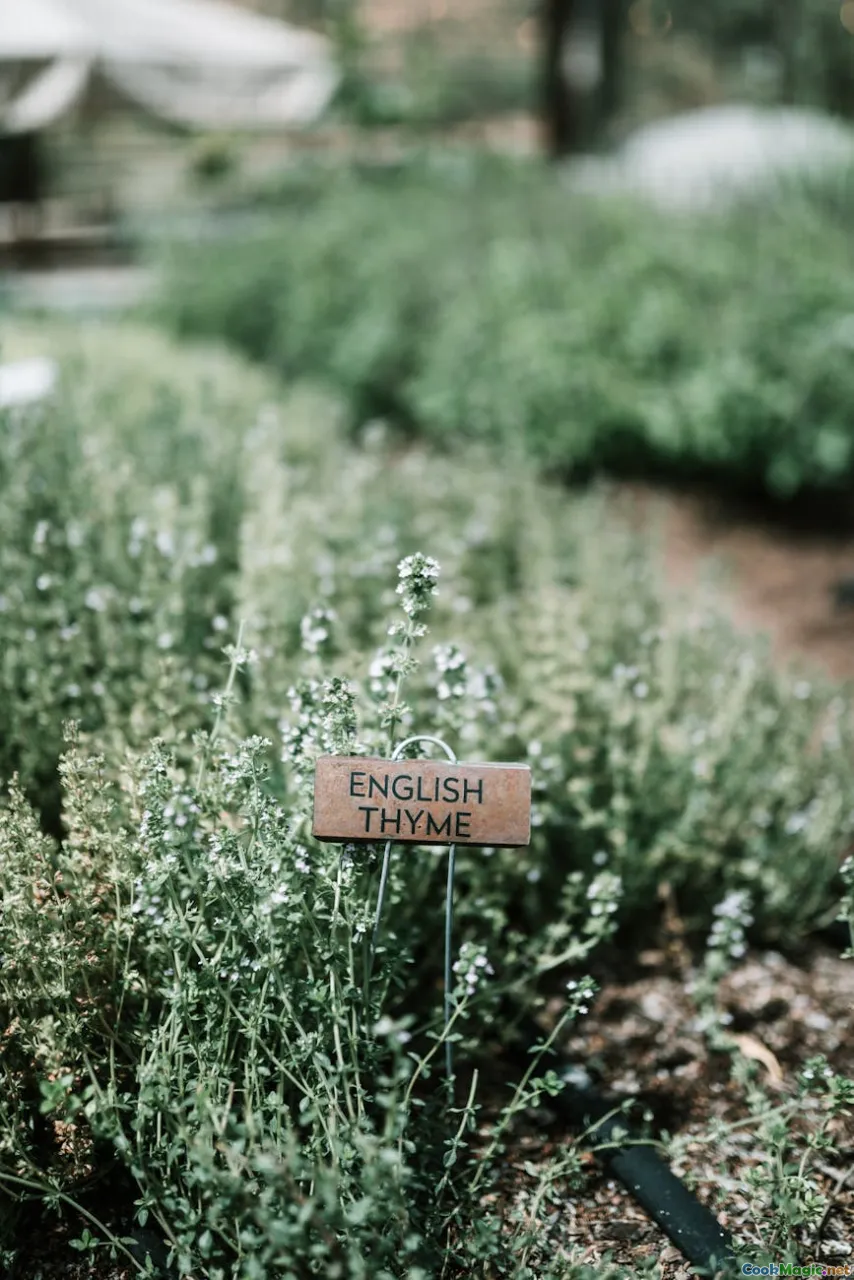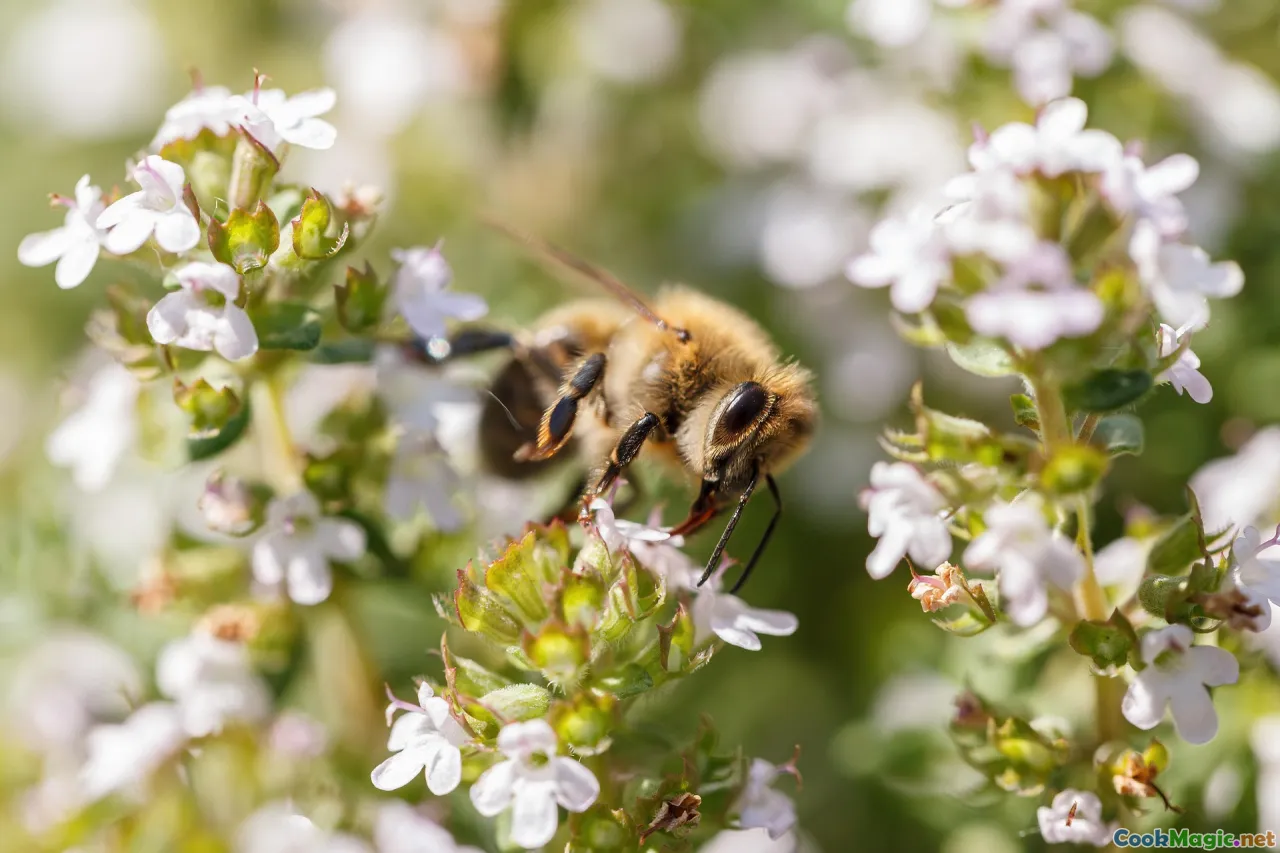
In der Pfanne Gebratener Gletscherlachs & Kräuter-Englisches Gemüse
(Pan-Seared Glacial Char & Herbed English Vegetables)
(0 Bewertungen)0
963
August 06, 2025
Problem melden
Zutaten
-
2 fillets (180g each) Arktischer Saibling Filets
(Skin-on, bones removed)
-
2 tbsp Frischer arktischer Thymian (wildes Thymian)
(Fein gehackt)
-
1 tsp Zitronenschale
(Frisch gerieben)
-
1 tsp Meersalzflocken
(Preferably Cornish sea salt)
-
1 tsp Schwarzer Pfeffer
(Coarsely ground)
-
2 tbsp Rapsöl
(For searing fish)
-
1 tbsp Butter
(Ungesalzen)
-
200 grams Kleine Kartoffeln
(Geteilt)
-
100 grams Spargelspitzen
(Trimmed ends)
-
100 grams Junge Karotten
(Geschält)
-
0.5 medium Gurke
(Seeded, diced finely)
-
80 grams Griechischer Joghurt
(Vollfett für Cremigkeit)
-
1 tbsp Frischer Dill
(Grob gehackt)
-
1 tsp Meerrettichcreme
(For subtle heat (optional))
-
1 tsp Natives Olivenöl extra
(For drizzling at the end)
(Skin-on, bones removed)
(Fein gehackt)
(Frisch gerieben)
(Preferably Cornish sea salt)
(Coarsely ground)
(For searing fish)
(Ungesalzen)
(Geteilt)
(Trimmed ends)
(Geschält)
(Seeded, diced finely)
(Vollfett für Cremigkeit)
(Grob gehackt)
(For subtle heat (optional))
(For drizzling at the end)
Nährwerte
- Portionen: 2
- Portionsgröße: 1 plated portion (approx. 300g)
- Calories: 410 kcal
- Carbohydrates: 22 g
- Protein: 34 g
- Fat: 20 g
- Fiber: 5 g
- Sugar: 5 g
- Sodium: 610 mg
- Cholesterol: 78 mg
- Calcium: 102 mg
- Iron: 2.1 mg
Anweisungen
-
1 - Prep Vegetables:
Scrub baby potatoes and halve them. Peel young carrots, trim the asparagus spears. Dice the cucumber and set aside for the condiment.
-
2 - Steam & Blanch:
Steam potatoes until just tender, about 7–8 minutes. Blanch carrots and asparagus in salted boiling water for 2 minutes, then plunge into iced water to preserve colour.
-
3 - Prepare Cucumber Yogurt:
Mix Greek yogurt, diced cucumber, chopped dill, a pinch of salt, and horseradish cream (if using) in a small bowl. Chill until serving.
-
4 - Season Arctic Char:
Pat fillets dry with kitchen towel. Season flesh generously with sea salt, black pepper, lemon zest, and arctic thyme. Press seasoning into the surface.
-
5 - Pan-Sear Fish:
Heat rapeseed oil over medium-high. Place char skin-side down, pressing gently to crisp the skin. Lower heat after 2 minutes, add butter and baste for another 2–3 minutes. Flip and cook only 1 minute more.
-
6 - Warm Vegetables, Plate & Serve:
Melt a drop of olive oil in another pan (optional); toss cooked potatoes, carrots, and asparagus to warm. Spoon cucumber yogurt on the plate; arrange vegetables and top with seared char. Garnish with extra thyme and dill if desired.
Scrub baby potatoes and halve them. Peel young carrots, trim the asparagus spears. Dice the cucumber and set aside for the condiment.
Steam potatoes until just tender, about 7–8 minutes. Blanch carrots and asparagus in salted boiling water for 2 minutes, then plunge into iced water to preserve colour.
Mix Greek yogurt, diced cucumber, chopped dill, a pinch of salt, and horseradish cream (if using) in a small bowl. Chill until serving.
Pat fillets dry with kitchen towel. Season flesh generously with sea salt, black pepper, lemon zest, and arctic thyme. Press seasoning into the surface.
Heat rapeseed oil over medium-high. Place char skin-side down, pressing gently to crisp the skin. Lower heat after 2 minutes, add butter and baste for another 2–3 minutes. Flip and cook only 1 minute more.
Melt a drop of olive oil in another pan (optional); toss cooked potatoes, carrots, and asparagus to warm. Spoon cucumber yogurt on the plate; arrange vegetables and top with seared char. Garnish with extra thyme and dill if desired.
Mehr über: In der Pfanne Gebratener Gletscherlachs & Kräuter-Englisches Gemüse
Glacial Char with Arctic Thyme: A Culinary Homage to the Far North
Glacial Char with Arctic Thyme is a dish poised elegantly at the intersection of elegance, modern seasonal cooking, and wild foraging. While rooted in contemporary English cuisine, it draws inspiration from the harsh yet breathtaking landscapes of the far north—where wild thyme clings to wind-struck cliffs and arctic char thrive in icy clear rivers. Bringing these elements south, the recipe represents both the increasing openness of British cooking to the wonders of appearances elsewhere, and a celebration of what nature, in its purest forms, gives us.
Background, Inspiration & History
Arctic char is a cold-water fish with a mild flavour spectrum between salmon and trout, delicate and clean-tasting, praised for its pink flesh and firm yet supple texture. In northern Scotland and Scandinavia, this fish is considered a luxury found only in pristine environments—making its rare appearance on English tables something of a delicacy. Wild thyme, often called 'Arctic thyme' or 'Creeping Thyme', grows in high Yorkshire and in the Scottish wilds. Paired, these speak of lakeside spring mornings and windswept heaths, a cuisine marked by foraging, freshness, and wildness.
This recipe takes just 45 minutes, making it highly accessible for ambitious weeknight kitchens or as a centrepiece at an elegant summer meal. The supporting act of baby vegetables--gently blanched or steamed for vibrancy--echoes the English countryside's springtime produce. Chilled cucumber-dill yogurt relieves the palate and links north European traditions of cold accompaniments to rich seafood.
Preparation Tips
- Choose supreme quality fish. True Arctic char can be hard to find; source it from reputable fishmongers. Sea trout or salmon may substitute in a pinch, but they'll lack char's unique nuance.
- Do not overcook the fillet. The pan-searing method brings out the subtle richness of the fish. Crisp the skin and finish cooking with basting, to keep the flesh succulent.
- Arctic thyme may not always be available as labelled specialty produce. Wild thyme or even regular English thyme can be used—think gentle, herbal, not woodsy.
- For the yogurt: Full-fat Greek adds the characteristic tang; allow time in the fridge for flavours to mingle.
- Blanch vegetables brightly. Rapid plunging into ice water fixes both colour and crunch.
- Serve immediately. Searing makes for time-sensitive plating, as both skin and fish are best crisp-hot with creamy, cool contrasts.
Serving Occasion
Glacial Char with Arctic Thyme is stunning for intimate occasions, elegant spring or summer luncheons, or even a Midsummer’s celebration. It pairs beautifully with a lively English sparkling wine or Nordic daunty ales with herby finish.
Cultural and Culinary Significance
This recipe displays how English and northern cuisines continue evolving—welcoming wild ingredients while applying classical techniques learned from centuries of local fish cookery. Arctic char has become more widely available, allowing a bridge between Nordic and modern British kitchens. Incorporating foraged herbs links cooks and diners alike more intimately to place and season.
Unique Aspects & Personal Thoughts
The central interplay—the char’s rich butter-basted flesh under herbal wildness, contrasted with lemon, served among roots and fresh leaves—sets it apart from more traditional “fish and two veg” plates. This combination, light yet layered, is grounding and invigorating all at once.
Additionally, the dish demonstrates that, with care, even rare or distinctive ingredients—those growing on craggy cliffs or swimming just below the ice—belong not only in far-away feasts, but£ also in the neatly set tables of modern English homes. The cucumber yogurt, especially, is a simple hit: textured, cooling, and bright.
Embrace this recipe for a sudden sense of wild, northern adventure, and a meal that tastes profoundly, innocently fresh.

























